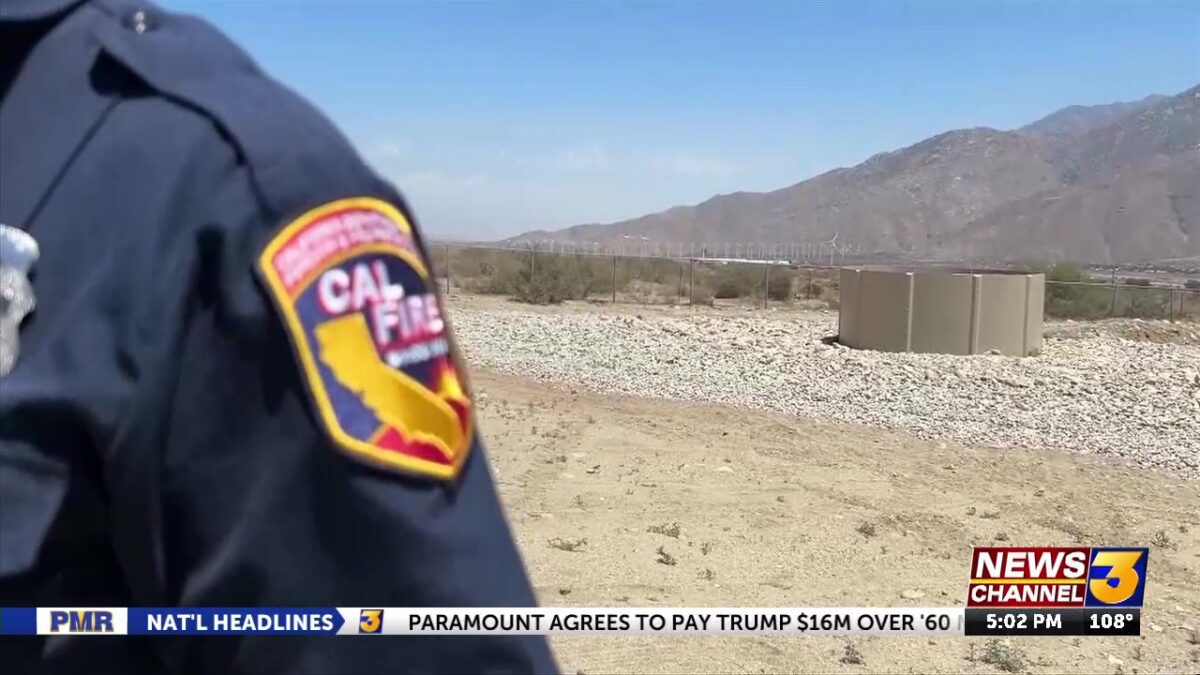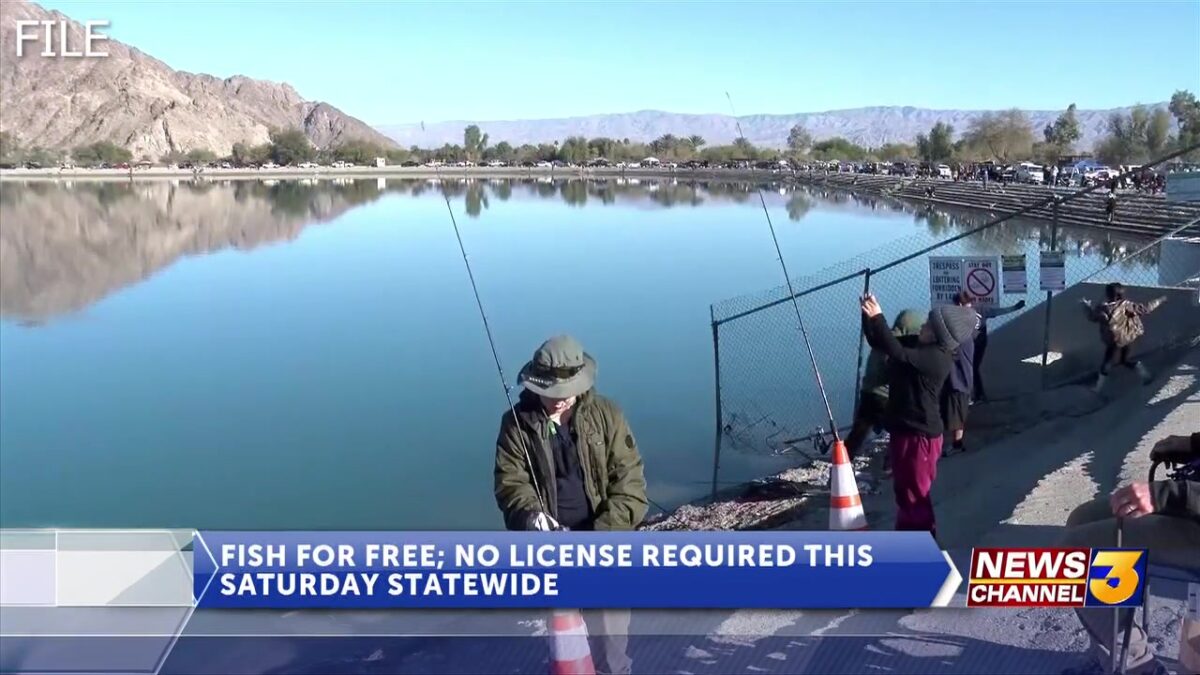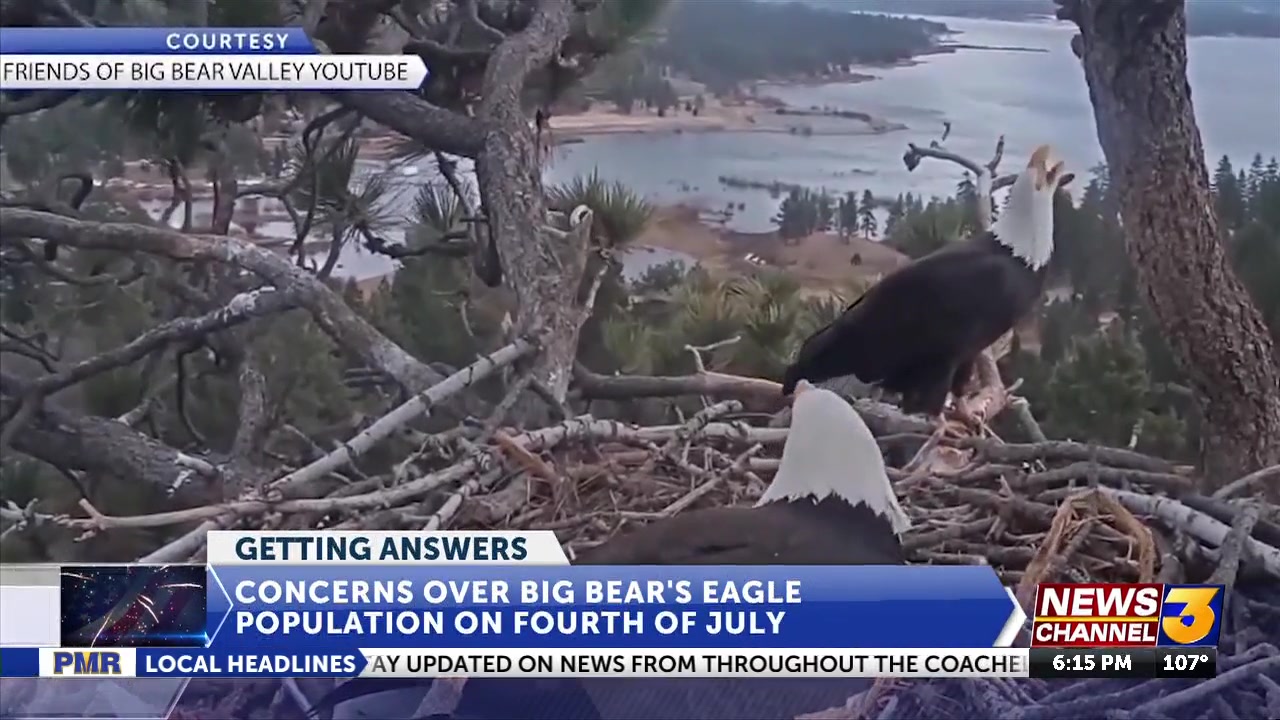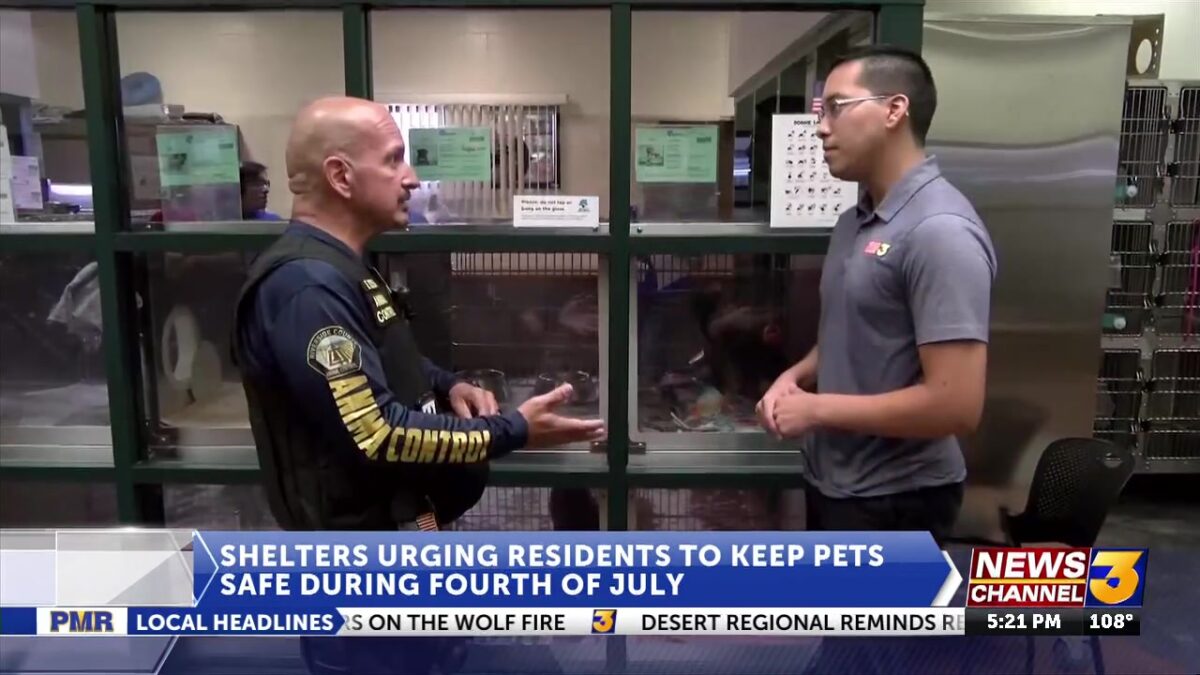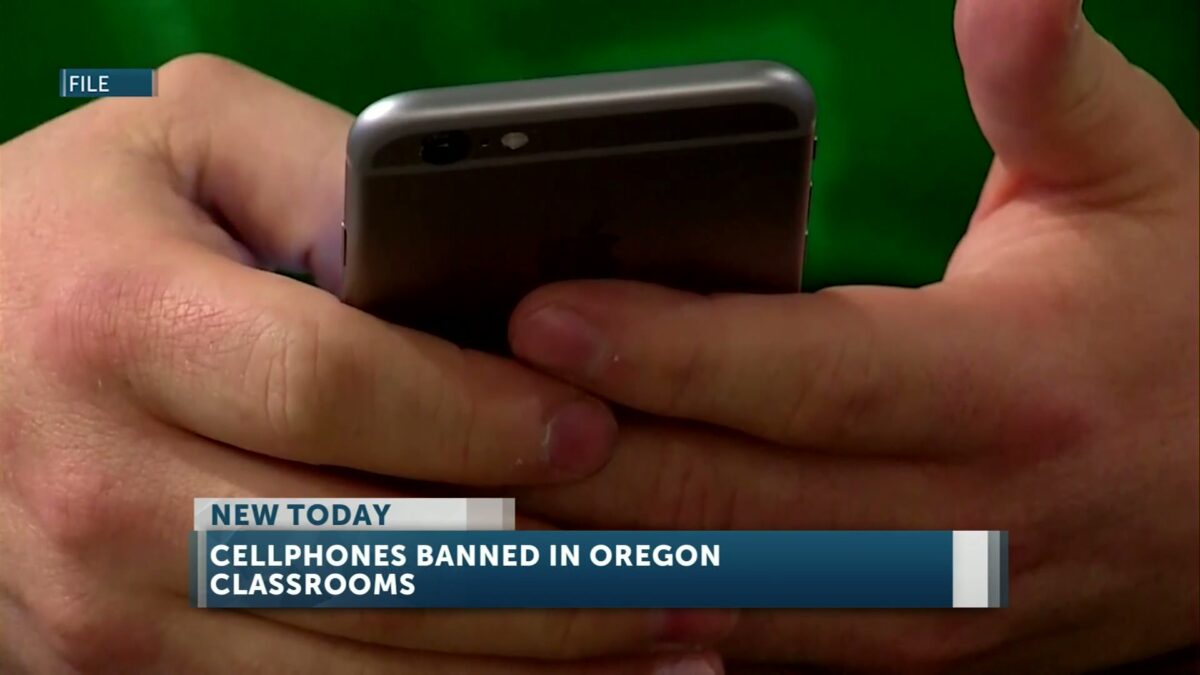Barney Lerten
(Update: Local districts comment; Isabella Warren has a report tonight on KTVZ News at 5 P.M.
SALEM, Ore. (KTVZ) — Governor Tina Kotek on Wednesday signed Executive Order 25-09, which aims to improve student educational outcomes and mental well-being across the state by prohibiting cell phone use by students during the school day in Oregon’s K-12 public schools.
Isabella Warren is getting local reaction, including Representative Emerson Levy, who authored a bill this session to ban cellphones. It ultimately failed. Her report is coming up tonight on KTVZ News at 5 P.M.
Jefferson County School District 509J sent us this statement in reaction to the governor’s order:
Jefferson County School District 509J aims to create a learning environment where all of our students can flourish. We know that reducing distractions, especially those caused by personal electronic devices, will help keep students focused and engaged during critical instructional hours.
For the past couple years, our secondary schools have been proactive at implementing practices that prohibit personal electronic device use for students. We’ve seen the benefits that come with creating an environment where students are fully engaged during instructional time.
Bend-La Pine Schools provided this statement:
“For several years now, Bend-La Pine Schools has enforced restrictions on student access to phones and other personal devices during the school day. Our District policy provides some flexibility for high school students, who are allowed to access their devices outside of class time, while maintaining a “phones away” stance during instructional time. Our practice of entrusting older students with limited phone access during lunch and passing periods will come to an end when the governor’s order takes effect. While we believe it’s best to allow school districts to develop policies that work best for their respective communities, we understand that the governor, who also serves as Oregon’s Superintendent of Public Instruction, can override local policy in matters such as this.”
—
Model policies for schools that already have prohibitions in place will be made available as well as flexibility in implementation, the governor said in her news release, which continues in full below:
“Oregon’s schools should be a place where students find belonging, support, and the joy of learning something new.” Governor Kotek said. “The research is clear: cell phone use can create a trifecta of consequences for our young people – mental health issues, safety in school, and distraction from learning. I signed this order to stand up for the promise of every student in every corner of the state.”
EO 25-09 addresses two of the Governor’s fundamental goals: delivering a high-quality public education and protecting Oregon’s young learners’ safety, health, and well-being. Districts will be required to adopt a policy prohibiting cell phone use by students by October 31, 2025 and those policies must be in full effect no later than January 1, 2026.
“By getting cell phones out of our schools, Governor Kotek is putting students first,” Senator Lisa Reynolds (D-West Portland & Washington County) said. “Every Oregon student deserves a distraction-free, harassment-free learning environment that fosters curiosity and community. This executive order will help us make that a reality.”
“Getting cell phones out of classrooms and lunchrooms is a proven way to boost students’ academic performance and mental health,” Representative April Dobson (D-Happy Valley) said. “While I’m disappointed our cell phone-free schools bill didn’t make it across the finish line this session, I’m grateful for the Governor’s leadership carrying this forward.”
“I was the chief sponsor of the bill to eliminate cell phone use by students during school hours. It passed the House, but didn’t make it out of committee in the Senate,” Representative Kim Wallan (R-Medford) said. “I am very glad we will have this order in place and I do plan to reintroduce the bill so that we have this important policy in statute.”
Educators across the state report that cell phones are disruptive in their classrooms and hinder their ability to teach. Furthermore, research shows cell phones undermine students’ ability to focus – even when the phone is just on the desk, not being used. As Oregon students’ academic recovery from the pandemic remains slow, cell phone-free schools are a powerful way to help students succeed.
“As a student leader at Milwaukie High School, I worked with teachers to help support our move to a phone-free school day. We saw right away how much better things felt. People were more focused and more connected,” Gustavo Barraza, graduating senior at Milwaukie High School, said. “A lot of issues at school start with phones, or get worse because of them. Some of my closest friends came from being more present at school, and those relationships helped shape who I am today. That’s why I’m glad Governor Kotek is stepping up to help students by making this a priority.”
“Today’s executive order puts Oregon children first,” Andrea Davis, founder of Better Screen Time, said. “At a time when Oregon faces both an education crisis and a teen mental health epidemic, we cannot afford to implement half-measures. This executive order addresses both challenges simultaneously—improving academic outcomes while giving students back the human connections that smartphones have distracted them from.”
Increasingly, evidence also shows cell phones themselves have a negative impact on young people’s mental health, attention spans, and self-esteem. Cell phone-free schools can be a refuge from the negative effects of cell phones, allowing students to be fully engaged in the act of learning and in their school community.
“We appreciate Governor Kotek for taking bold action to support youth mental health, student learning, and classroom focus,” Julie Scholz, Executive Director of Oregon Pediatric Society said. “Pediatricians see how excessive phone and social media use contributes to anxiety, depression, and school disengagement. This executive order is a meaningful step toward creating healthier school environments where students can truly connect, focus, and thrive. Oregon’s current patchwork of school phone policies isn’t working, and it’s time for a consistent, evidence-informed plan.”
“I applaud the Governor for taking executive action to support cell phone-free schools. In over a decade working with schools worldwide, we’ve come to learn that the inclusion of smartphones in school has a negative impact on learning; worse than bullying, depression, and comparable to childhood traumatic brain injury,” Jared Conney Horvath, PhD, MEd, a neuroscientist, author and director of LME Global, said. “I’ve seen soft phone policies consistently fail to improve learning or behavior. But when schools implement full, bell-to-bell cell phone restrictions, we see significant benefits. Once phones are gone, schools gain the equivalent of 1 to 6 extra hours of instructional time per week in the first year, students are more focused, teachers are more engaged, and everyone is more connected.”
The order sets a statewide standard for cell phone use while allowing for district leaders to have local conversations and flexibility. It also calls for certain allowances for individual students to keep their cell phones during the day, including if they are needed for medical reasons or to support students with disabilities who have an individualized education plan (IEP).
Read the full text of the order here.
Click here to follow the original article.

